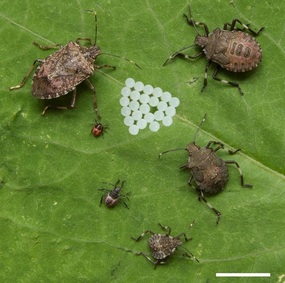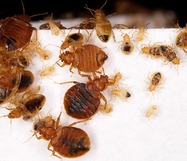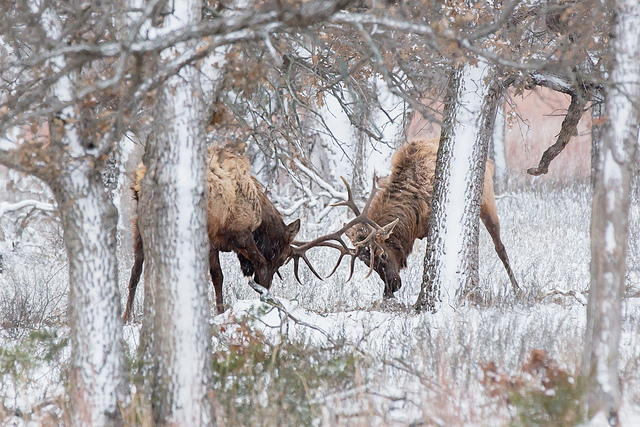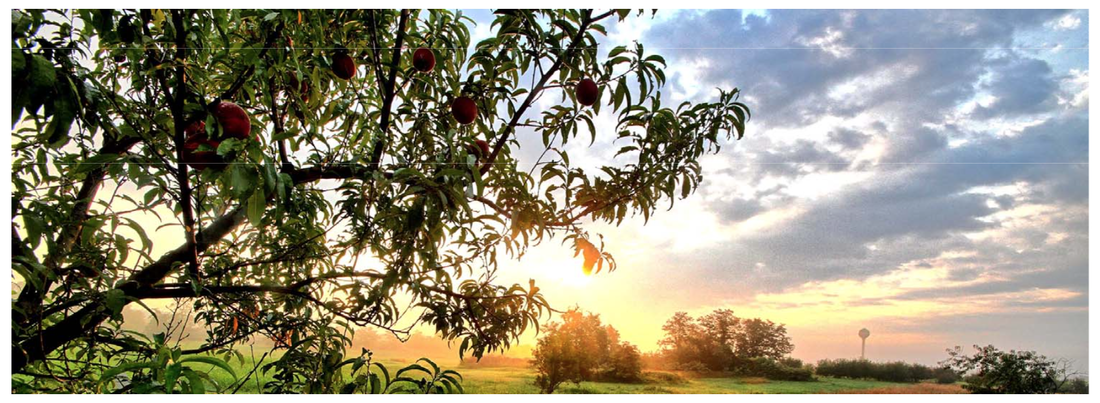How Spiderman got his Powers: A Look into Lateral Gene Transfer“Actually, Spiderman’s powers have nothing to do with radioactivity,” Dr. Julie Dunning Hotopp clarified to the roomful of entomologists. “It was the transfer of spider DNA into his genome.” While the ability to climb walls or shoot webs out your wrists (or worse) is pure science fiction, the transfer of DNA between two different species does actually occur. Dr. Dunning Hotopp explained that this process, known as lateral gene transfer (LGT), is quite widespread and the advent of genome sequencing (determining the chemical code that make an organism unique) in the last decade has greatly expanded our knowledge on the prevalence and role of foreign DNA in animals  (The Brown Marmorated Stink Bug) (The Brown Marmorated Stink Bug) Demonstrating high LGT frequency in invertebrates, Dr. Dunning Hotopp’s team detected LGT from the bacterial endosymbionts Wolbachia in over 30% of sequenced arthropod genomes. Wolbachia is an intracellular bacterial parasite/mutualist with complex host interactions. While LGT from bacteria to animals often has no benefit to a host, in certain cases it can be advantageous. For example, the coffee berry borer, a major pest to coffee growers, and the brown marmorated stink bug both have a gene originally acquired from bacteria. The gene, HhMAN1, codes for the protein mannanse and enables insects to digest plant sugars. The alarm-defense system of Cimex lectularius and its implications for pest management |
Categories
All
Archives
June 2024
|
Department of Entomology
University of Maryland
4112 Plant Sciences Building
College Park, MD 20742-4454
USA
Telephone: 301.405.3911
Fax: 301.314.9290
University of Maryland
4112 Plant Sciences Building
College Park, MD 20742-4454
USA
Telephone: 301.405.3911
Fax: 301.314.9290




 RSS Feed
RSS Feed




